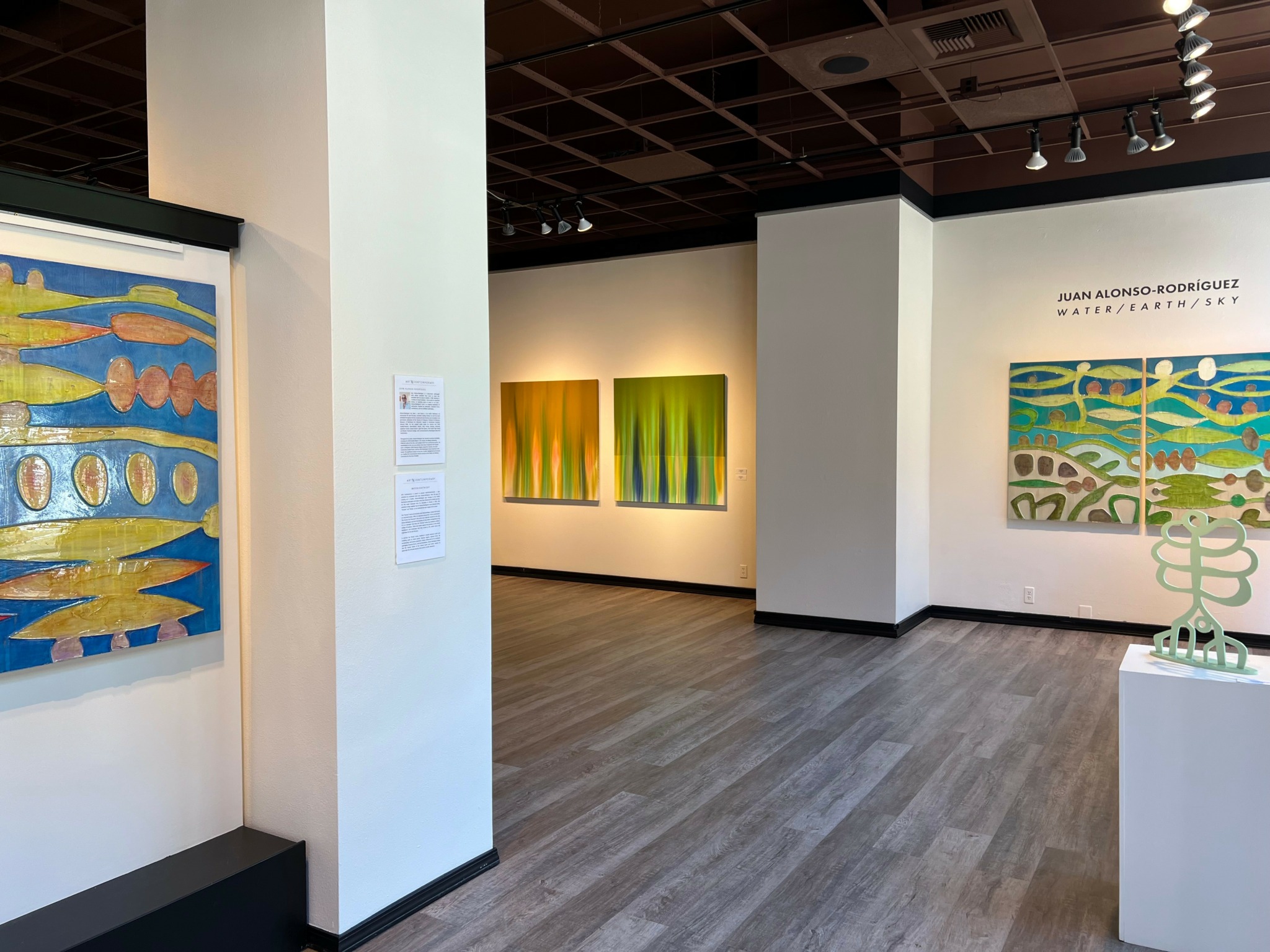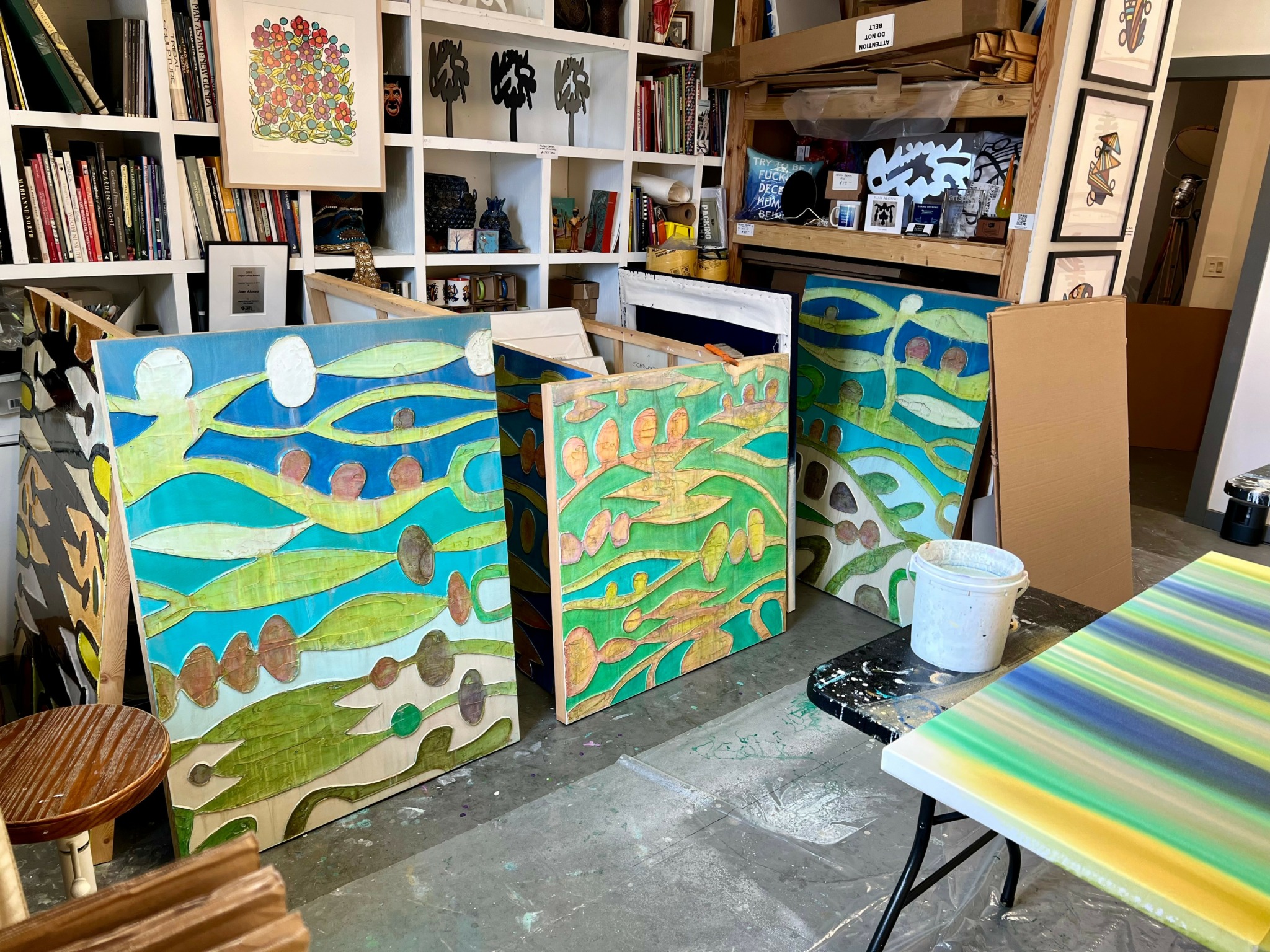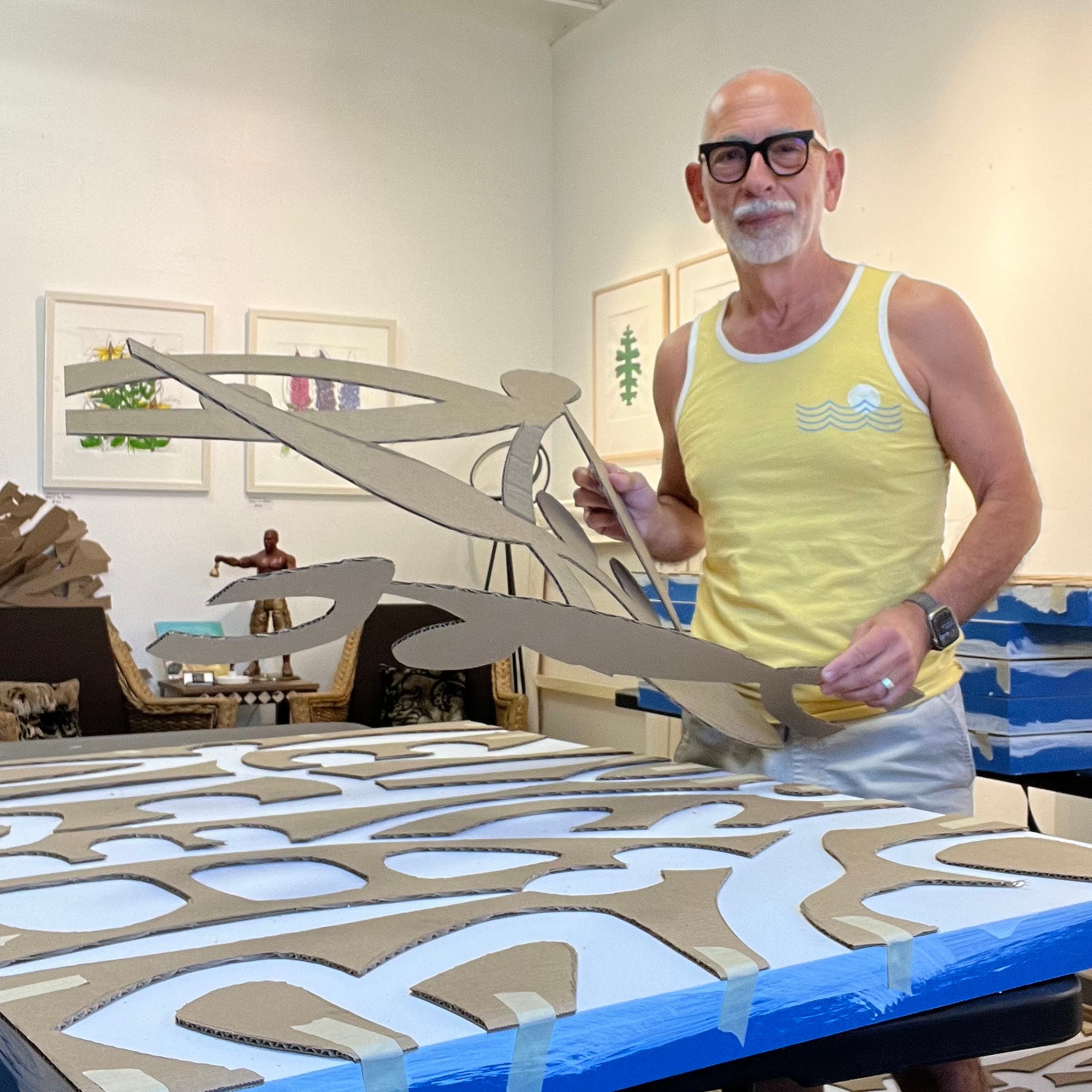We recently connected with Juan Alonso-rodriguez and have shared our conversation below.
Juan, thanks for joining us, excited to have you contributing your stories and insights. Have you been able to earn a full-time living from your creative work? If so, can you walk us through your journey and how you made it happen? Was it like that from day one? If not, what were some of the major steps and milestones and do you think you could have sped up the process somehow knowing what you know now?
I have been, for the most part, earning my living as an artist for over three decades. Though I had not planned for visual art to be my career, drawing and painting were skills I had taught myself. My work was first ‘discovered’ when I worked at a frame shop and the owner, who liked my own artworks I was bringing in to be framed, asked if I would hang some of it in his shop. As my work got exposure to his clients, many of them designers and gallery directors, sales began to happen and more opportunities came about. For a couple of years, having the job at the frame shop was necessary, as I wasn’t making enough money on art sales. Around this time in the early 80’s, I began looking for opportunities to show my work a little more vigorously. I realized that more serious collectors wanted to see a resume that showed consistency and a serious dedication to being an artist before they would be willing to purchase my work. I entered many of the smaller local art competitions, which were more accessible but still offered exposure and experience for someone like me who didn’t have a professional education. It turned out that one of those summer art festivals had invited Francine Seders, who owned the most prestigious Seattle gallery, to jury the competition. I entered and ended up receiving 1st Place in the painting category, plus a $1000 prize, which did not hurt either. This also gave me the courage I needed to ask her if she would be interested in representing me in her gallery, to which she said yes. Representation was a huge step forward career wise. I was now seen by a wider, specifically fine art audience, having the cache and stamp of approval of a prestigious gallery. Even as an established artist, there is no guarantee that sales will always be there or that they will be constant. It is still an ongoing process to remain doing what I do and be able to play the bills.


As always, we appreciate you sharing your insights and we’ve got a few more questions for you, but before we get to all of that can you take a minute to introduce yourself and give our readers some of your back background and context?
My ‘label’ is that of a Cuban-born, self-taught visual artist, though the title of artist in the ‘career’ sense was unplanned and happened more because the thing I loved doing the most for myself, started to be noticed and appreciated by others. Never in my early years did I think I could make a living that way.
For the most part, I consider myself an abstract artist. I think of it as distilling an idea or concept and getting to the point where it becomes something that only I can see in that specific way. I want to offer myself and others a different way of looking at the mundane, as I am often inspired by things or ideas that might seem ordinary to many. I’m interested in creating a mood or a feeling and I enjoy the interaction that happens when the viewer brings their own thoughts and ideas to what they are looking at. My work is a form of meditation for me, which is why the process of making it is what I value the most, and why I don’t become attached to my own work. This makes it much easier when I client wants to purchase it. I’m happy that it will make someone else happy.
Besides from my studio work, which is strictly based on self-expression, I’ve been fortunate enough to design larger outdoor and public works. This is a completely different process. It requires listening to what the client likes and wants, whether is for an individual, or a public project paid for with tax funds. It is far more challenging to create an abstract work, when it is also meant to evoke or symbolize specific ideas. I have been fortunate enough to create projects ranging from small ornaments to a 12 foot stainless steel sculpture for the automotive department building of a college in Washington State. As someone who desperately wanted to be an architect when I was young, I love working on architectural details, such as gates, railings or balcony designs, and working with architects on their own projects.
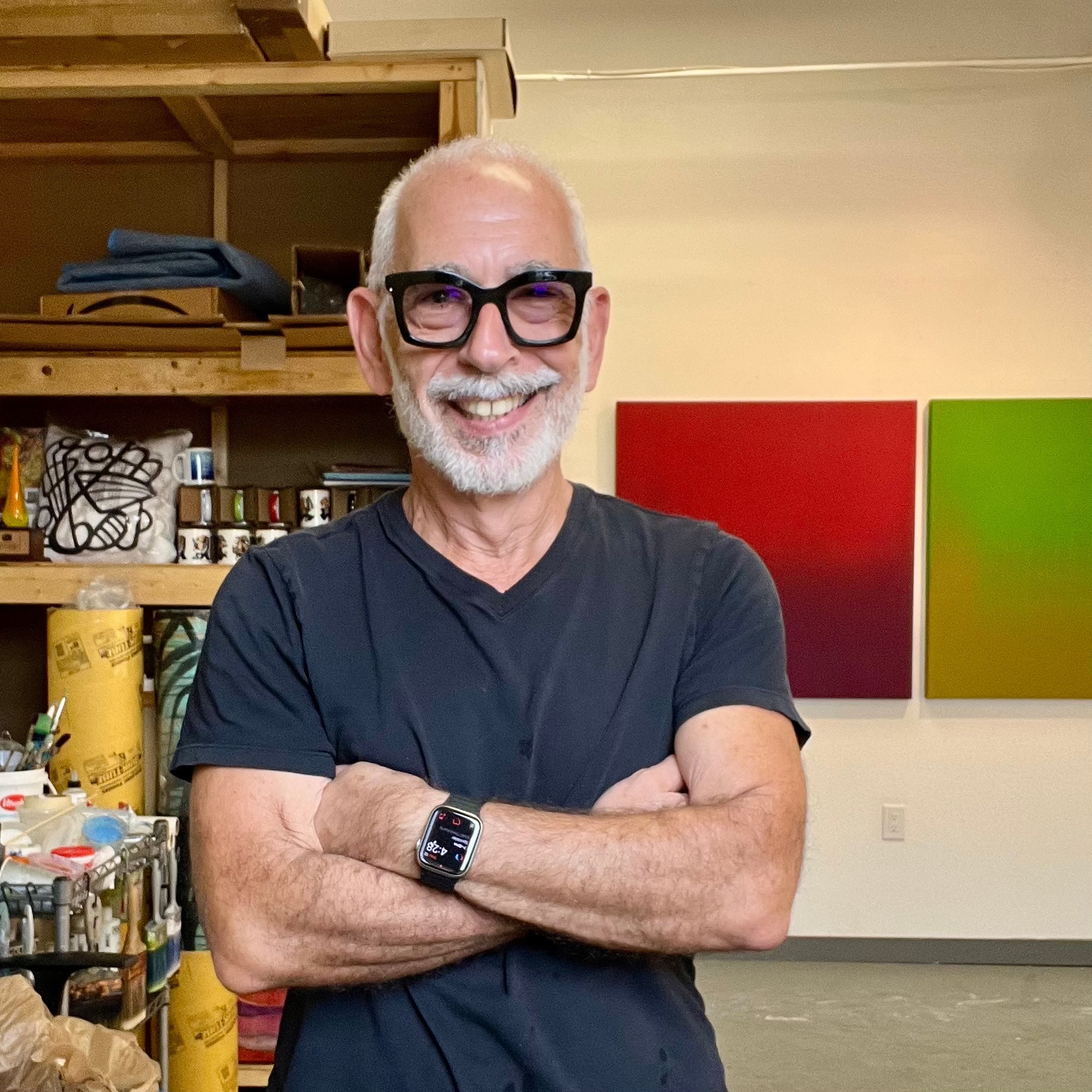
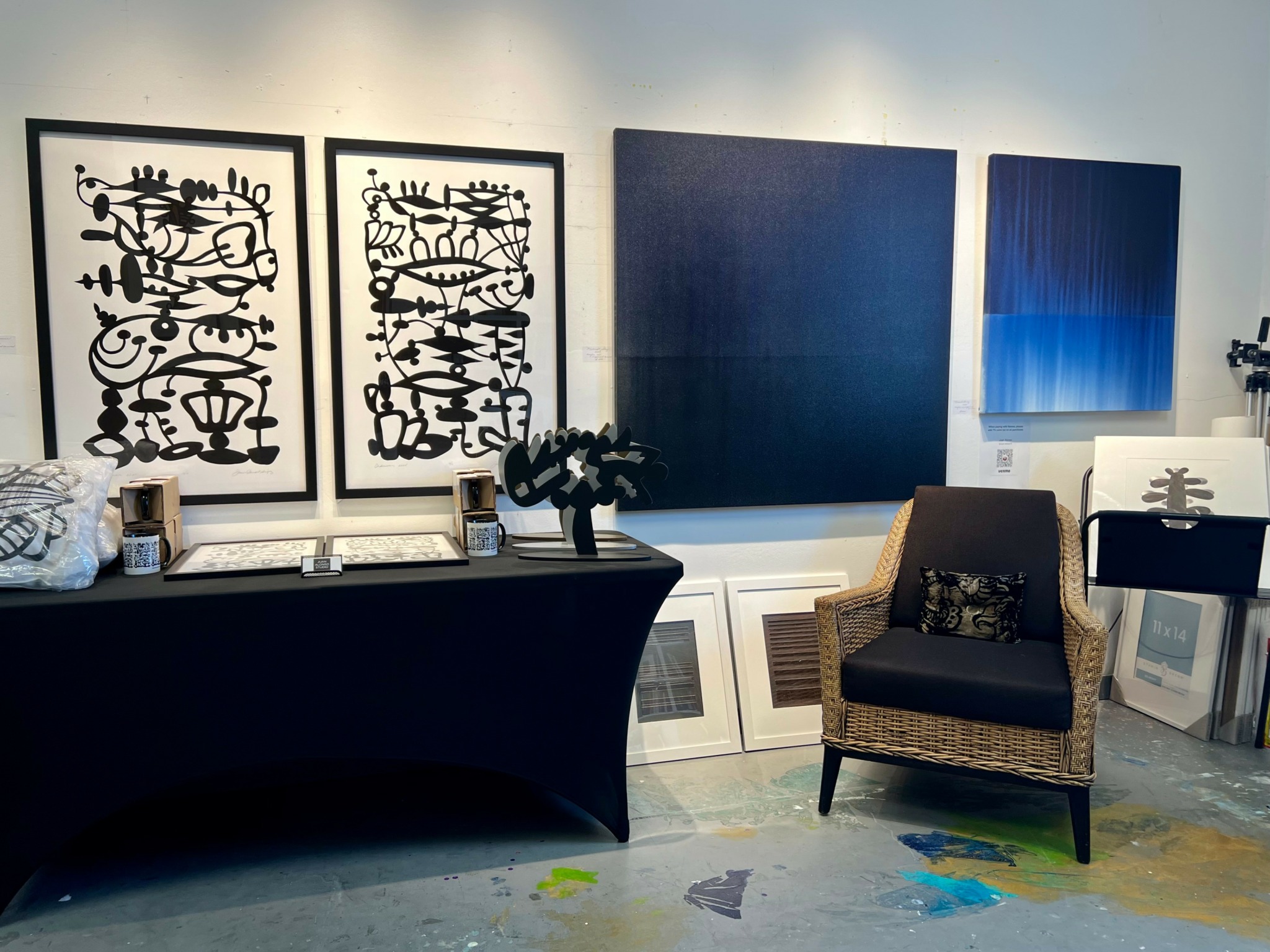
How can we best help foster a strong, supportive environment for artists and creatives?
I believe it takes effort from both people in and out of the creative field to make the arts thrive. The gap between the snobbery of the gallery director that doesn’t bother to look up when someone enters their space and the anti-intellectual who feels it is their place to put down an artist’s work because they don’t understand it, has to be closed and it requires a joint effort. I believe people need to feel 100% comfortable going to any gallery or museum without any art knowledge and ask as many questions as they want in order to educate themselves, even if they still don’t understand, or even like the work they are viewing. The average person also needs to understand that one does not need to personally love an artwork, whether it is visual, literary, musical, etc., to acknowledge its right to exist. It is not necessary or productive (or decent), to put an artist down because their work is not to one’s liking, nor is it ok to do the same to anyone who may not understand a particular artwork.
I think as a society, we must do a better job to educate, any time we have the opportunity. I don’t think the average person realizes just how much the arts touch their lives on a daily basis. I rarely hear anyone discussing this topic. Personally, whether you re an artist or not, I have a feeling it would be a dreadfully grim world if we didn’t have music, books, films, television, dance, any sort of ornamentation or decoration, or even any clothing that wasn’t the most basic and without any flair, or a building that was strictly functional. There is a creative person behind each of those things we tend to take for granted.
Another thing not talked about much, particularly by oblivious politicians, is what a great return on investment, the arts bring to a community. Artists, galleries, theaters, publishers, dance companies, etc., are small businesses that hire employees, pay insurance, rent work spaces, purchase materials, and pay taxes. When audiences go to art events, they are also likely to go to a restaurant, pay for parking, shop, go to a bar, etc.
The idea of the tortured artist needs to go away, as well as the thought that artists create the best work when they are starving. From personal experience, I can tell you that when I have to worry about finances or whether I’m going to have a roof over my head or not, is not the time I will be creating my best work. We can all do better at supporting the arts, even if it’s just by spreading the word about your favorite creative.
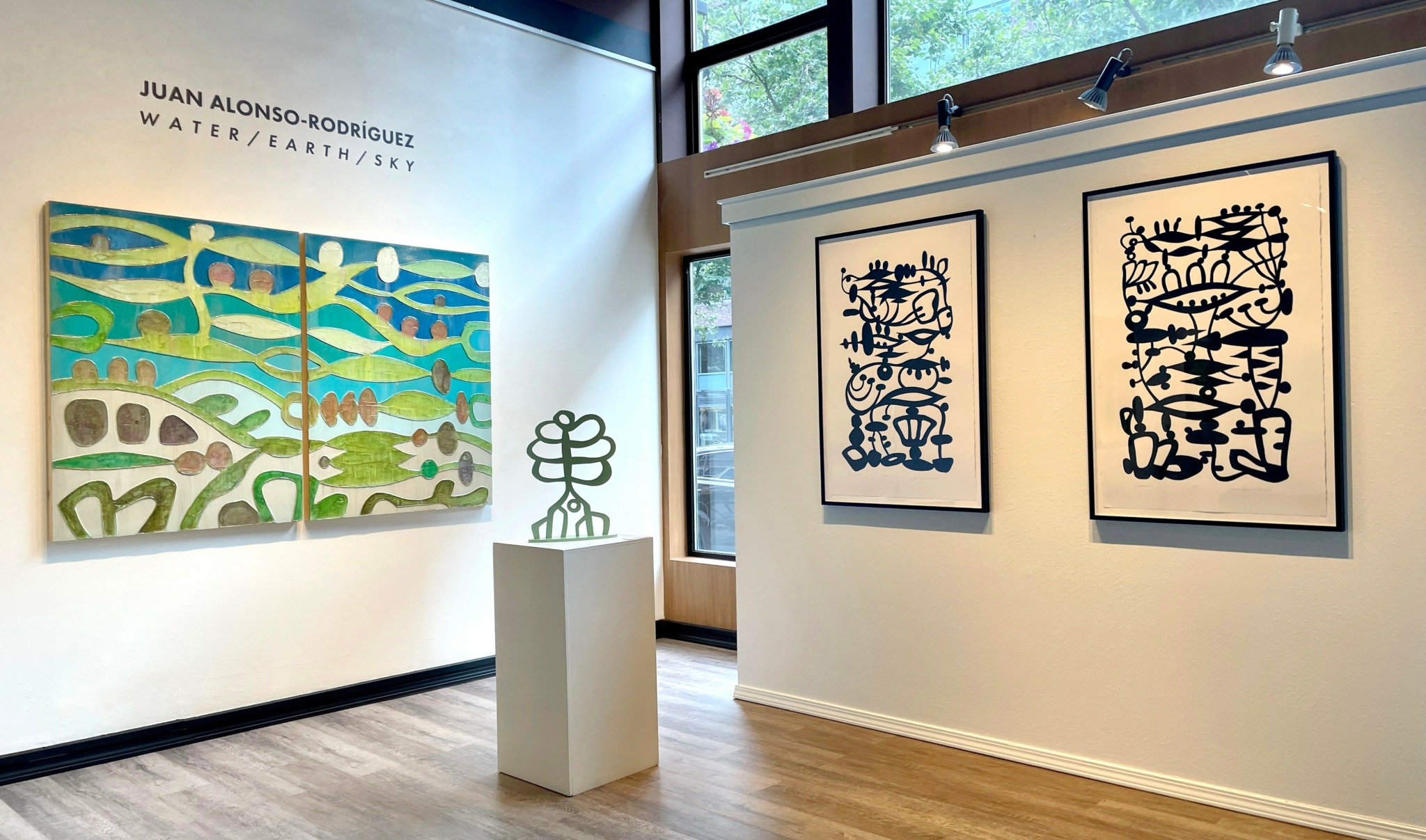

What’s the most rewarding aspect of being a creative in your experience?
There is nothing more rewarding than doing something you love to do and be able to make a living doing it. Being an artist has a lot of ups and downs, and it is not for the faint at heart. You have to be 100% committed and be prepared for a bit less financial stability than in most other professions. That said, I wouldn’t trade it for anything. I love the flexibility of being able to work whenever I want and take time to recharge without adhering to someone else’s schedule, and the idea that I am contributing something positive to my community.
Contact Info:
- Website: https://www.juanalonsostudio.com
- Instagram: https://www.instagram.com/juan_alonso_studio/
- Facebook: https://www.facebook.com/JuanAlonsoStudio
